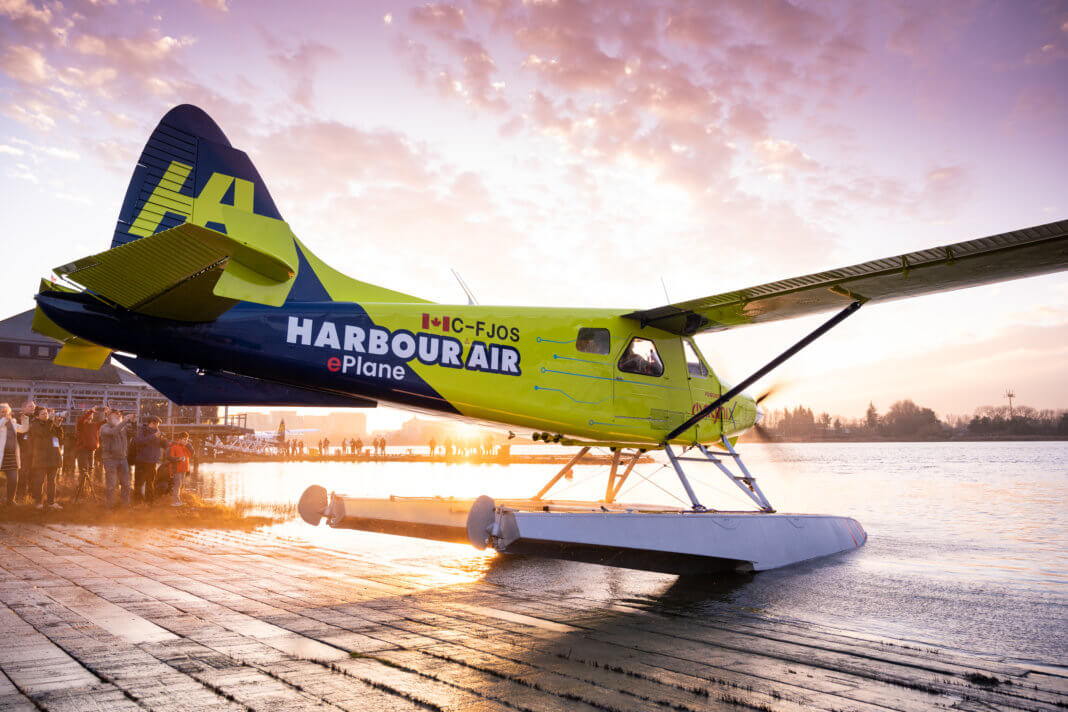Air travel has consistently been singled out as one of the biggest culprits in terms of global carbon emissions, so the notion of an environmentally friendly airline may seem like an oxymoron. Greg McDougall, CEO of Harbour Air, a small Western Canadian airline, is trying to change all that by using electric propulsion and carbon-offsetting programmes – and, considering Harbour Air is North America’s first carbon-neutral airline, he’s had great success so far.
McDougall founded Harbour Air in British Columbia in 1982 with nothing more than two small de Havilland Canada DHC-2 Beaver planes. The initial plan was to service the booming forest industry, but McDougall quickly learned that there was more business in tourism and commuting. Before long, Harbour Air was providing daily flights between Vancouver and the Lower Mainland, Vancouver Island, the Gulf Islands, the Sunshine Coast and Whistler. Today, the airline boasts more than 40 aircrafts and runs more than 30,000 flights annually carrying approximately 500,000 passengers, making it one of the largest all-seaplane airlines in the world.
It was the social consciousness of the predominantly millennial-aged workforce that first steered the airline towards a reduced carbon footprint. Realising there is no alternative to using carbon-based fuel to power aircraft, Harbour Air partnered with Offsetters in 2007 with the aim of reducing its impact on the environment.
Offsetters measures greenhouse gas emissions by examining factors such as fuel records, employee commuting habits, utilities, and printing and paper use. Despite being carbon-neutral for more than a decade, Harbour Air seeks to do more. Currently, Greg and his team are looking at electric propulsion and similar technologies to make air travel more environmentally friendly.




